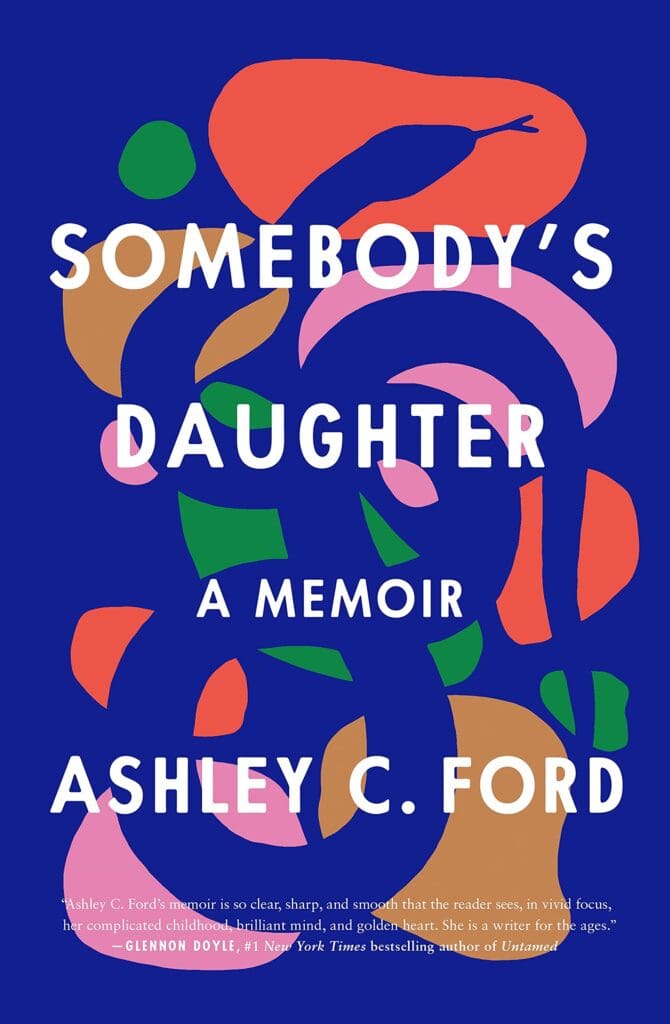From a young age, author Ashley C. Ford was taught that family is all you have and all you need, and for this reason you should love them and hold onto them, no matter what. In her memoir, Somebody’s Daughter (210 pages; Flatiron Books), Ford grapples with this maxim as she grows up with a single mother prone to violent fits of rage, and an absent father who has been incarcerated for as long as she can remember. Her childhood, which makes up about half of the book, is spent believing that she is fundamentally bad inside, while fearing her mother’s fury and longing for an idealized father whose crimes are kept secret from her.
As a child, Ford believes that people who do bad things are inherently bad themselves, and in turn, bad things happen to bad people; she subsequently develops a persistent habit of blaming herself for everything. As she experiences physical punishment, sexual assault, economic difficulties, and crippling anxiety, she spirals further and further into an overwhelming sense of shame and unworthiness. She clings to her father’s written promises that he loves her and is proud of her until, at thirteen, her grandmother—the same woman who taught her that family comes before all else—finally reveals why her father is in prison. His crimes are so deeply personal, shocking, and unforgivable, she feels as though she has finally lost her last hope of ever seeing herself, truly, as good.
At once gut-wrenching and heartwarming, Somebody’s Daughter is a story about finding oneself outside of a family unit that hurts and wrongs yet loves with a fiery passion. In one of the most vivid scenes, Ford’s grandmother throws a match into a hole full of snakes and tells Ford, a child at the time, to watch as the reptiles squeeze close together amidst the flames and become a twisted, tightening knot of burning flesh. “We don’t give up on our people. We don’t stop loving them,” her grandmother says, “Not even when we’re burning alive.” Ford and her family have been burning alive for most of her life, bound together by the inescapable tie that is blood. Slowly she learns that the person she is, and the life she wants, might lie somewhere outside of that fire.
Ford writes with stunning imagery and hard-earned wisdom, packing punches into painfully beautiful lines that linger with the reader. In her struggle to understand her family, herself, and her experiences, she shows us how to do the same. Though the events that unfold might be unfamiliar to readers, the emotions she so vividly communicates prove recognizable. She portrays depression and anxiety, trauma and dissociation, and love and loss with such specificity that anyone should be able to see some part of themselves in her writing. As Ford draws comfort and freedom from the books she reads throughout her life, we find comfort in hers, a sharing of the same gift she discovered in the written word and later in herself.
At its core, Ford’s memoir is a story about love, with the overarching lesson that “there are about a million ways to love and be loved by another person.” It is a love letter to those who have made her who she is—for better or for worse.

